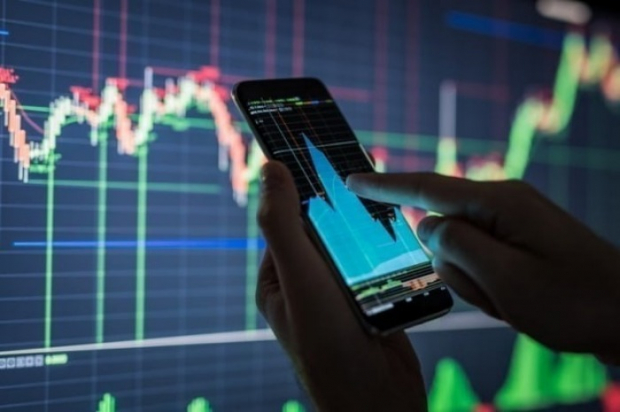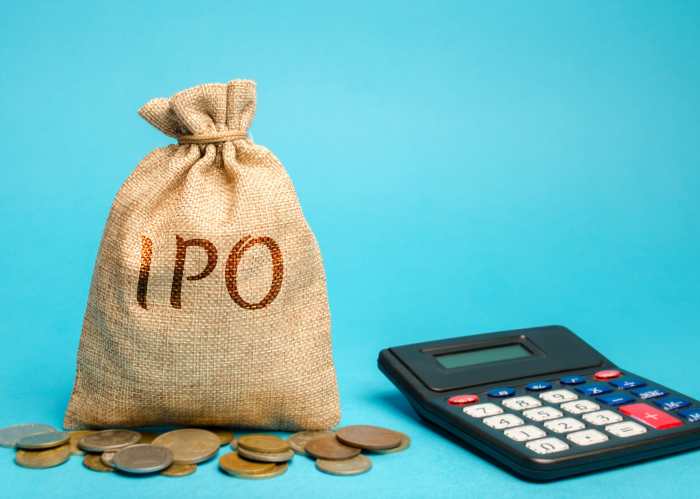IPOs
S.Korea’s SPAC IPOs eclipse company public listings
SPAC IPOs in Korea are on track to set a new record, despite individual companies' IPO cancellations
By Aug 10, 2022 (Gmt+09:00)
3
Min read
Most Read
LG Chem to sell water filter business to Glenwood PE for $692 million


Kyobo Life poised to buy Japan’s SBI Group-owned savings bank


KT&G eyes overseas M&A after rejecting activist fund's offer


StockX in merger talks with Naver’s online reseller Kream


Mirae Asset to be named Korea Post’s core real estate fund operator



Special purpose acquisition companies (SPACs) are gaining momentum in South Korea’s initial public market on the back of eased regulations and brokerage companies’ efforts to make up for reduced fee income from the otherwise sluggish IPO market.
A total of 20 SPACs were listed on the Korean bourse this year, according to the Korea Exchange on Wednesday. Their IPO sizes range from 20 billion to 100 billion won ($15 million-$76 million).
A further 12 SPACs are in the pipeline for domestic IPOs. Six other SPACs have submitted IPO applications.
Among them, 21 SPACs were 1,103 times oversubscribed on average during bookbuilding, almost twice the average of 552 last year.
Including the number of other Korean SPACs preparing for stock market debuts later this year, the figure will likely exceed the 45 in 2015, the highest-ever number for the country’s SPAC IPOs.
SPACs, created to merge with private companies, are drawing attention as safe havens in the high-interest era.
A SPAC guarantees a refund of the minimum investment money of 2,000 won per share to shareholders if it fails to acquire a company within three years of its public listing. In addition, investors receive interest payments.
If they succeed in merging with a blue-chip company, investors could pocket capital gains.
MANDATORY HOLDING PERIOD
A growing number of institutional investors, or some 20 to 30% of them, are now willing to meet the obligation to not sell the stock for a certain period of time.
Previously, institutional investors, who agreed to the mandatory holding period, accounted for only a single-digit percentage share of the investors.
The popularity of SPACs is being driven by increasing demand for backdoor listings as well.
“As the IPO market is in a slump, companies are showing greater interest in IPOs through SPACs, instead of direct listings,” said an investment banking official.
“To meet the demand, brokerage companies need to prepare for various types of SPAC IPOs.”
Moreover, SPAC IPOs will make up for reduced fee incomes from the recent string of IPO cancellations. A SPAC IPO creates 200 to 300 basis points of fees to underwriters, in addition to subscription fees from investors.
The underwriters are also able to earn capital gains from the shares or convertible bonds they bought as early investors in SPACs.

A SPAC was introduced in South Korea in 2009. Their IPO price is fixed at 2,000 won per share. Thus, SPACs have little risk of being sharply discounted and low chance of dropping their IPO plans.
REGULATORY CHANGE
South Korea loosened regulations on mergers with SPACs this year. Previously, a SPAC was a remaining entity after its merged company was liquidated.
Under the rules, the company absorbed by the SPAC needed to enter new business contracts with its existing customers and landlords, as well as an employment contract with workers because of its different status. Those processes ended up with heavy taxes.
While scrapping such requirements, the Korea Exchange simplified the merger process led by SPACs. Also, they don’t need to hold investor relations sessions, which typically take several months.
HARD TO DIGEST
However, it remains doubtful if SPACs will be able to find suitable acquisition targets, industry watchers cautioned.
Some 64% of 133 listed SPACs successfully have merged with private companies as of end-June since they went public more than three years before.
On average, about 10 companies have been listed on the domestic bourse through a SPAC merger per year. A majority of companies opting for a SPAC-led merger are small and medium-sized enterprises with weak brand awareness.
In search of merger targets, SPACs could encourage companies with poor financial conditions to go public.
Now 13 out of the 40 companies, which went public through a SPAC over the past three years, are trading below 2,000 won per share.
“We adopted the US systems for SPACs, but they are now used to fill the earnings gap for IPO underwriters,” another IB source told Market Insight, the capital market news outlet of The Korea Economic Daily.
“Given the size of our capital market and a limited number of target companies, it’s hard to cheer on SPAC IPOs, which we may not digest.”
Write to Seok-Cheol Choi at dolsoi@hankyung.com
Yeonhee Kim edited this article.
More to Read
-
 IPOsMobility platform Socar slashes price to push ahead with IPO
IPOsMobility platform Socar slashes price to push ahead with IPOAug 09, 2022 (Gmt+09:00)
2 Min read -

-

Comment 0
LOG IN


